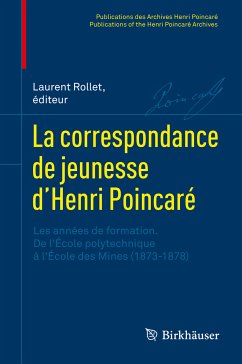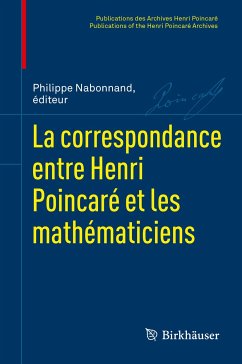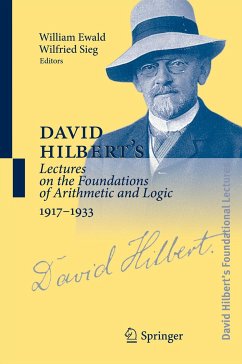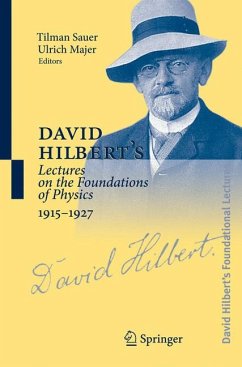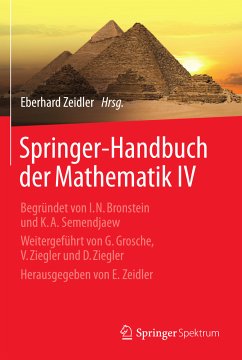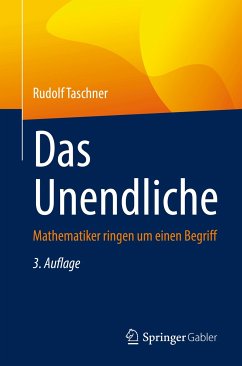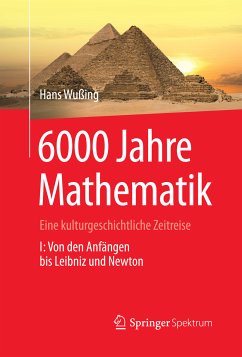
Fatou, Julia, Montel, (eBook, PDF)
le grand prix des sciences mathématiques de 1918, et après...
Versandkostenfrei!
Sofort per Download lieferbar
35,95 €
inkl. MwSt.
Weitere Ausgaben:

PAYBACK Punkte
18 °P sammeln!
Comment Fatou et Julia ont inventé ce que l'on appelle aujourd'hui les ensembles de Julia, avant, pendant et après la première guerre mondiale? L'histoire est racontée, avec ses mathématiques, ses conflits, ses personnalités. Elle est traitée à partir de sources nouvelles, et avec rigueur. On pourra s'y initier à l'itération des fractions rationnelles et à la dynamique complexe (ensembles de Julia, de Mandelbrot, ensembles-limites). Qui étaient Pierre Fatou, Gaston Julia, Paul Montel? On y trouvera en particulier des informations sur un mathématicien mal connu, Pierre Fatou. On d�...
Comment Fatou et Julia ont inventé ce que l'on appelle aujourd'hui les ensembles de Julia, avant, pendant et après la première guerre mondiale? L'histoire est racontée, avec ses mathématiques, ses conflits, ses personnalités. Elle est traitée à partir de sources nouvelles, et avec rigueur. On pourra s'y initier à l'itération des fractions rationnelles et à la dynamique complexe (ensembles de Julia, de Mandelbrot, ensembles-limites). Qui étaient Pierre Fatou, Gaston Julia, Paul Montel? On y trouvera en particulier des informations sur un mathématicien mal connu, Pierre Fatou. On découvrira aussi quelques incidences de la blessure reçue par Julia pendant la guerre sur la vie mathématique en France au vingtième siècle.
How did Pierre Fatou and Gaston Julia create what we now call Complex Dynamics, in the context of the early twentieth century and especially of the First World War? The book is based partly on new, unpublished sources.Who were Pierre Fatou, Gaston Julia, Paul Montel? New biographical information is given on the little known mathematician that was Pierre Fatou. How did the serious injury of Julia during WWI influence mathematical life in France?
How did Pierre Fatou and Gaston Julia create what we now call Complex Dynamics, in the context of the early twentieth century and especially of the First World War? The book is based partly on new, unpublished sources.Who were Pierre Fatou, Gaston Julia, Paul Montel? New biographical information is given on the little known mathematician that was Pierre Fatou. How did the serious injury of Julia during WWI influence mathematical life in France?
Dieser Download kann aus rechtlichen Gründen nur mit Rechnungsadresse in A, B, BG, CY, CZ, D, DK, EW, E, FIN, F, GR, HR, H, IRL, I, LT, L, LR, M, NL, PL, P, R, S, SLO, SK ausgeliefert werden.





